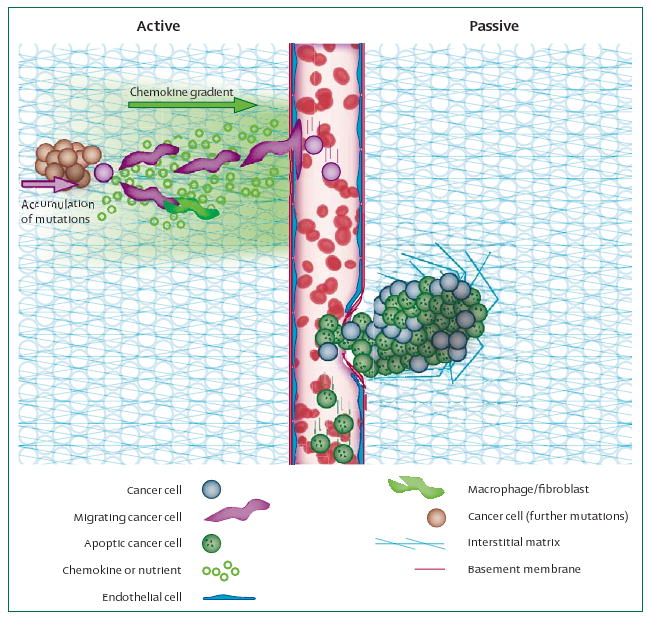Figure 1. Active and passive mechanisms in initial steps of metastasis.

Left: reports that cancer cells accumulate mutations, upregulate migration machinery, and align and migrate up nutrient or chemokine gradients, are in support of active metastasis. Fibroblasts, macrophages, or other stromal cells are also likely to cooperate with cancer cells to actively help with the initial stage of metastasis. Right: however, there is evidence that many dead cells are shed into the vasculature, which implies a passive mechanism. It is possible that uncontrolled focal growth crushes or impinges upon fragile tumour blood vessels, leading to passive shedding. Similarly, fluid oozing from the tumour surface might help with shedding of cancer cells into lymphatic vessels.
